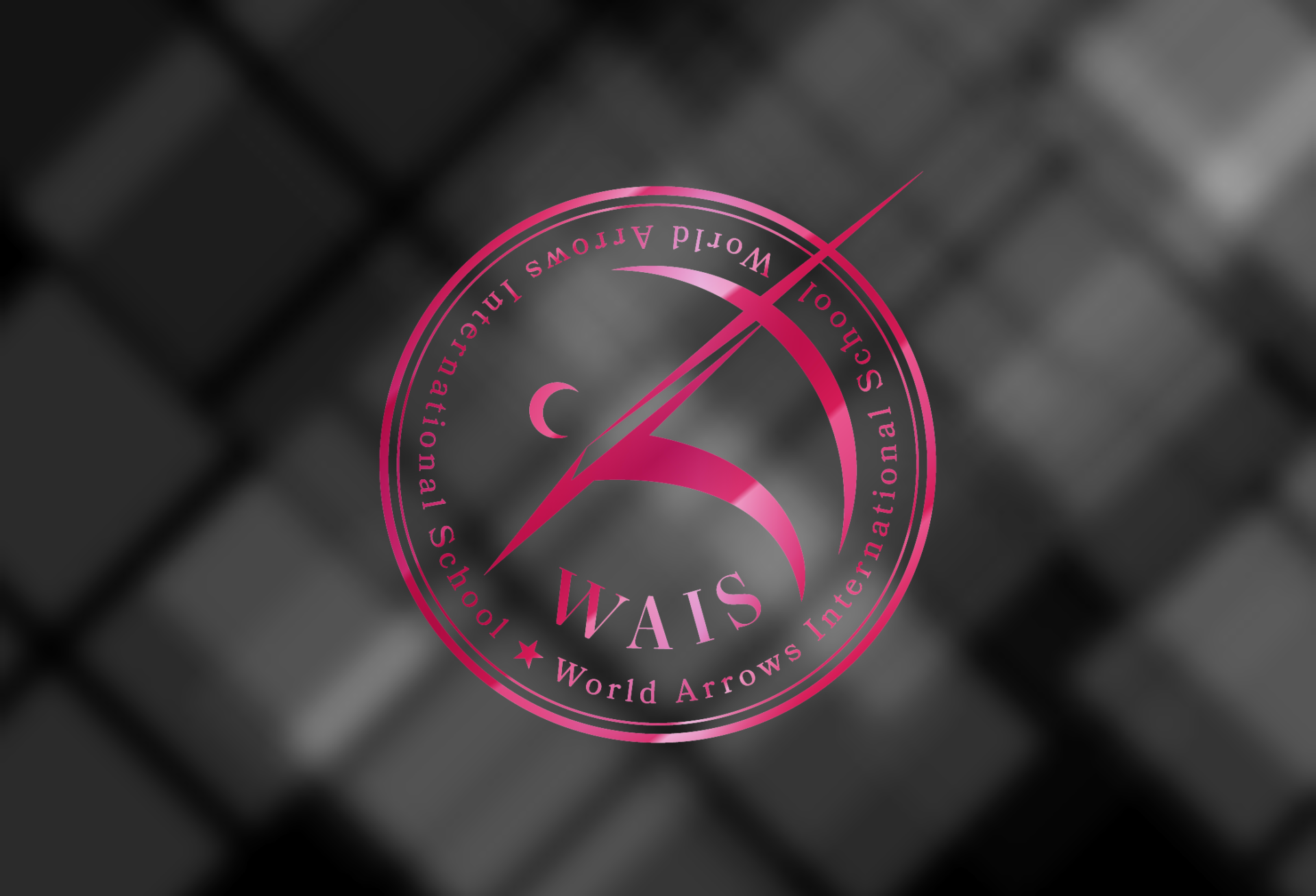Traditional and alternative course in US curriculum for a double degree
In order to acquire a double diploma, students choose either the Traditional Courses or the Alternative Courses to fulfill the US curriculum.
Traditional Course

The curriculum for the traditional course is a progressive learning method that is the oldest and most widespread learning method not only in the United States but also in the world.
The University of Missouri develops the curriculum in this traditional course. It is well structured and mainly for students to study each subject by order of the topics in the textbook, which is probably familiar to Japanese learners, while integrated with active learning and problem-solving, which is absolutely required in the 21st century. This curriculum includes four subjects to learn for the students from Kindergarten to 12th grade.
In this traditional course, you can choose from two classes: Advanced Class and Elective Class.
■Advanced Class
The Advanced Class is designed to help students earn a high school diploma. The curriculum has been adjusted to make it easier for Japanese students to graduate. This class is offered on a full-time basis (Monday to Friday), and anyone from infants to adults can enroll. Students will be placed in classes according to their English ability to aim for a diploma.
■Elective Class
The Elective Class allows students to choose their own curriculum and study days. The study days can be selected by four, eight, or twelve days per month or attend five days per week. Regardless of age, anyone can learn English here. This class is open to everyone, such as parents who want to learn English with their children, students to improve their English skills to study abroad, business people to achieve a certain English competency level, or retired elderly to study English as a hobby.
Alternative Course
■PBL class

The curriculum in WAIS alternative course is mainly run by Project-Based Learning (PBL), which is led by problem-based or problem-solving learning and has been favored by various American schools in recent years. In Japan, several universities have already brought this method to their classrooms, and it is recognized as a next-generation educational model focused on by educators worldwide. Project-based learning is the exact opposite of the subject-based learning method. In PBL, students formulate a hypothesis for a problem with multiple answers, conduct their own research, and exchange opinions with the group to bring them to the solution.
For instance, in the case study to stop the destruction of the environment on a certain island, in subject-based learning (SBL), the student first learns the basic knowledge of geography, science, physics, and social studies, and applies these insights to figure out how to solve the problem. On the other hand, in project-based learning (PBL), students are encouraged to form their hypotheses, examine and conduct research to prove it, and consequently reach their answers, to solve the problem of environmental destruction.
The PBL curriculum in the alternative course is developed by the Centric Learning School and has been taught to many students over the years. This curriculum is approved by the US Department of Education and evaluated/recognized by educators all over the US.
The curriculum in the alternative course is available for students to study from Grades4~12.

